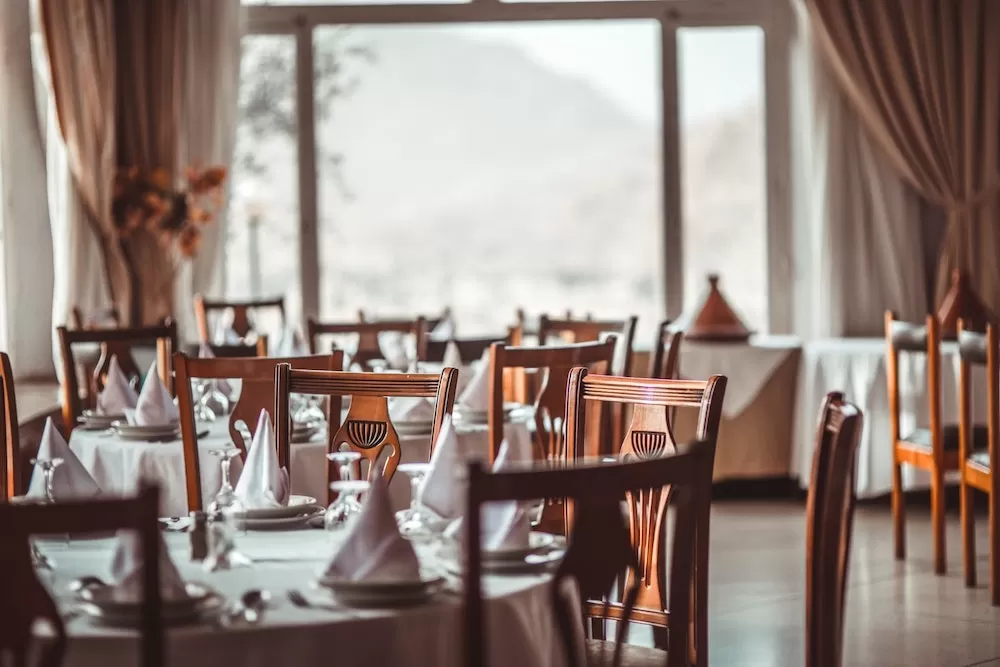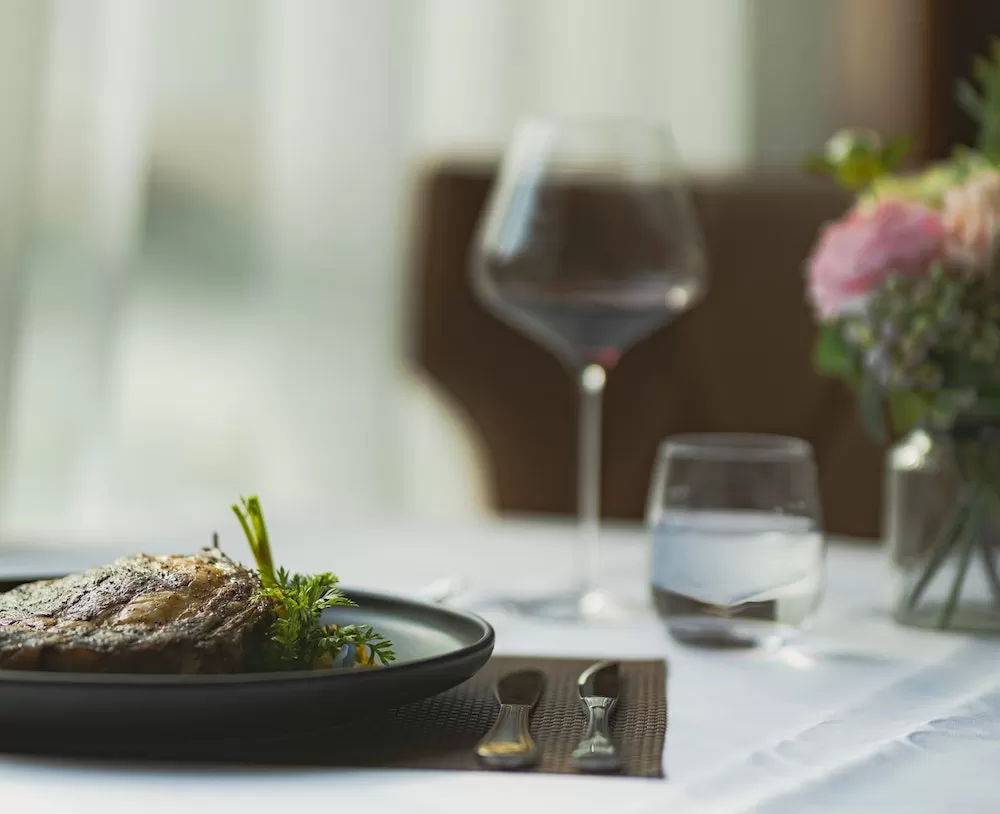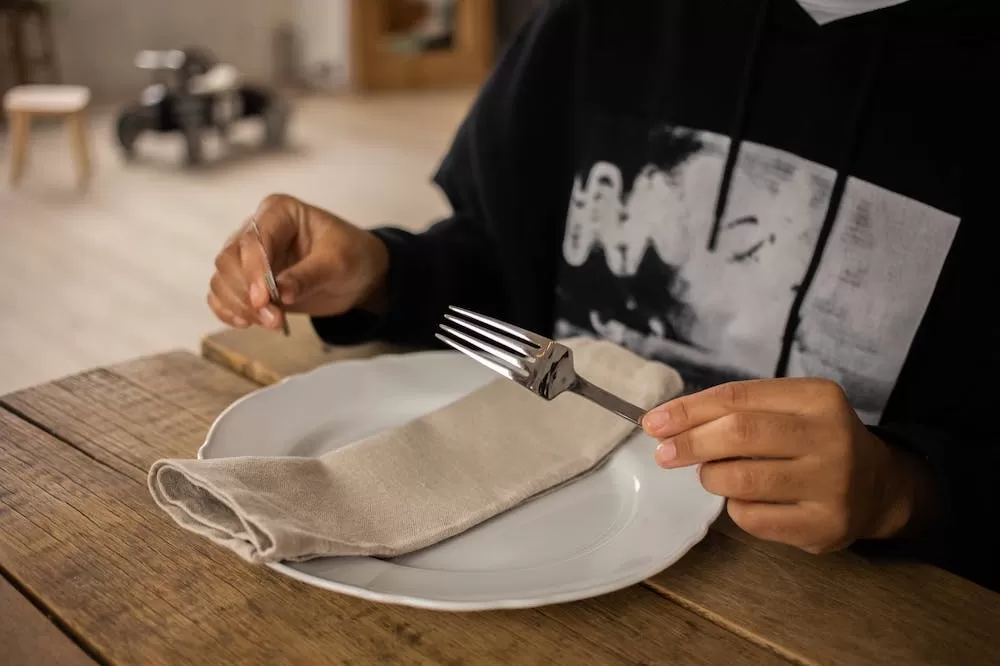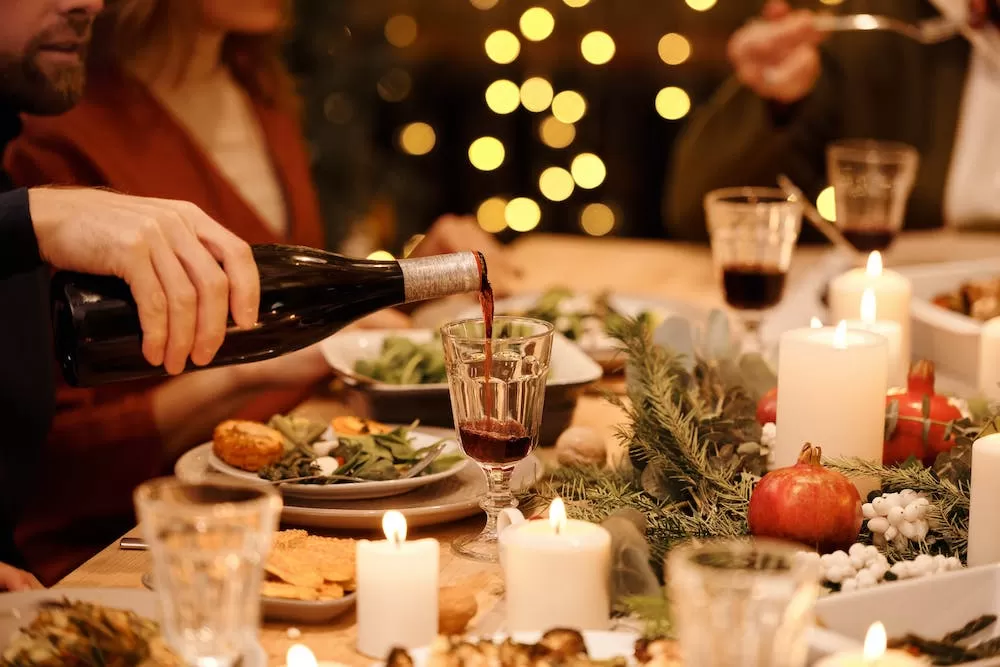Contrary to popular belief, the French aren't as snooty as others would have you believe. Do away with the caricatures and the exaggerations that movies and TV have shown you. The French aren't as bad as you think. But they can be particular about certain things. When it comes to dining, for instance, they prefer that you follow certain etiquette. From where you place your napkin to how you hold utensils, many French people are pretty hawk-eyed when it comes to these sorts of stuff. And if there's one thing you don't want to do, it's to leave a bad impression on the French!
Always Wait for The Host
Patience is a virtue. It's always good manners to wait for others, especially when it comes to social gatherings. Let's say you got invited to someone's
luxury home in Paris. When you arrive, don't just sit anywhere you like. It's more than likely that the host set up a seating plan with a designated area for each guest. It's also
bad manners when you start eating or drinking on your own when you're at the dinner table. You have to wait until everyone has been served first and when the host finally says '
bon appetit!'
Put Your Hors d'oeuvre on Your Plate
Before the actual meal begins, the French usually serve an
apéritif, or a pre-dinner drink, to prepare everyone's stomachs. It's here where they offer hors d'oeuvres as well, bite-sized nibbles that serve as appetizers before the meal. More often than not, the host just lays their hors d'oeuvres out in the open, free for everyone to enjoy to their hearts' content. On the side, you'll see a stack of small plates too. French dining etiquette dictates that you don't simply get an hors d'oeuvre and place it directly inside your mouth. You have to pick up a small plate first, place all your hors d'oeuvres on it, and eat from there.
Know the French Meal Sequence
A typical French meal follows a certain sequence. It's not as simple as starting with the appetizers and ending with dessert. The way the French eat is a bit more complex than that. They begin the meal with a starter, which is usually either a salad or fish. The main course follows after, often consisting of meat and paired with red wine. Then comes the cheese course, commonly served via a charcuterie board that also comes with fruits and cold cuts. and finally, there's coffee with dessert.
Coffee is actually the more important part while the dessert is often just to cleanse the palette at the end of the meal.
Splitting Food Doesn't Exist in France
In France, you only need to focus on the food that was served to you. There's no such thing as large portions in France and definitely no splitting the meal either! Whether you're at a restaurant or in someone else's home, you'll only be served food that's enough for you and you alone. Even with kids, it's not common for parents to give some of their food to their children. The latter will have their own to eat. There's no sharing at a French dinner table. Everyone gets to enjoy their fill in equal portions.
Memorize Your Cutlery
When you get to the dinner table, you'll see that there are more utensils on the table than usual. You're probably only used to just using your fork, spoon, and knife, right? Well, the French also use
une petite forchette (small dessert fork),
une cuillère à soupe (soup spoon), and
une petite cuillère (teaspoon). And those are just the basics! Sometimes, they'll add
un petit couteau (small knife) for cheese as well. Though these all can get pretty confusing at first, it's actually pretty simple when you finally understand which utensil is for which part of the meal.
Use Your Fork and Knife
As far as using utensils go, you only ever use your fork and knife. You use your left hand for the fork and your right hand for your knife. Never interchange them, even if you're left or right-handed. French dining etiquette dictates that switching this can be rather rude. Also, you never use your knife to slice up your salad. You only use your fork or
fourchette à salade (salad fork) for this part of the meal. And when you're done, simply place both utensils diagonally on your plate.
Break Your Bread Properly
A
baguette isn't just a stereotypical part of French cuisine. It's actually an integral part of any French menu and their dining etiquette also has rules on how you eat it. Firstly, when you're offered bread, you must break off your piece then pass it to the person next to you. Secondly, if you're eating after breakfast, don't ask for butter for your bead—it's reserved for the first meal of the day only. You also don't spread foie gras on your bread as you would butter too. It's supposed to just sit on your bread when you eat it. And before getting the last piece of bread, make sure you've asked all the others if they want it too.
Don't Hide Your Hands
Growing up, you've been told that you shouldn't place your elbows on the table, correct? It's bad manners to do so and it's the same with France too. However, their dining etiquette also adds another rule: never hide your hands. Whether you're holding your utensils, breaking your bread, or simply placing them together on the edge of the table, as long as they are seen, you're fine. This rule actually goes all the way back to Medieval times, when violence at the dinner table was more common. Back then, showing your hands means you weren't hiding a weapon underneath the table.
Finish Your Food
Never, under any circumstances, leave food on your plate. Remember that the French mostly serve small portions that are enough for each guest, right? This is so you can enjoy the meal properly and not be overwhelmed with too much food. If you leave some on your plate, even if you say you're already full, you're basically telling the host that you didn't like the food so much. Imagine what they think if they interpreted that through your actions?
Never Ask for Seconds
While you should never leave food on your plate, you shouldn't ask for more either. Again, according to French dining etiquette, the food you're served with is right just for you. Though the French are notorious for their small portions, it's supposed to be small enough that you don't get full too early and big enough that you leave the dinner table feeling satisfied. Asking for seconds is basically undermining this part of their dining etiquette and you risk offending your host in the process.
You'd do well to learn French dining etiquette if you want to leave a good impression when you're in France. The French can be pretty particular when it comes to how you behave at the dinner table. One mistake can change everything!





